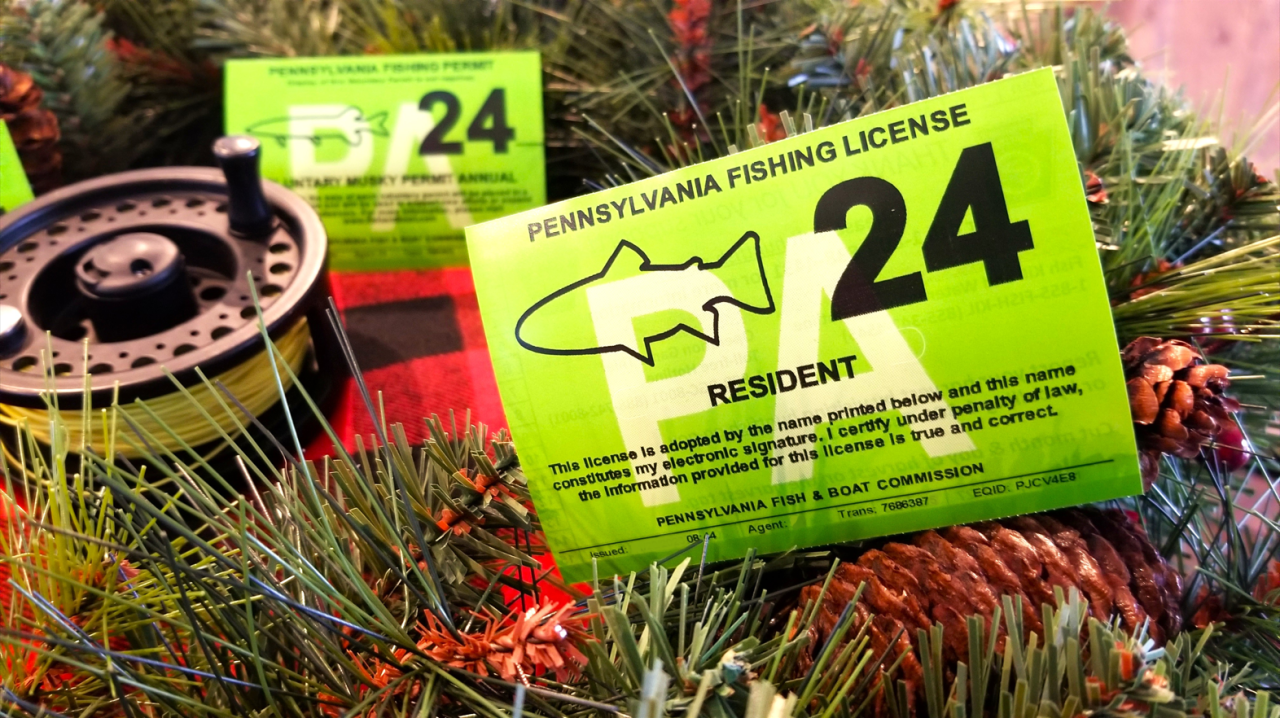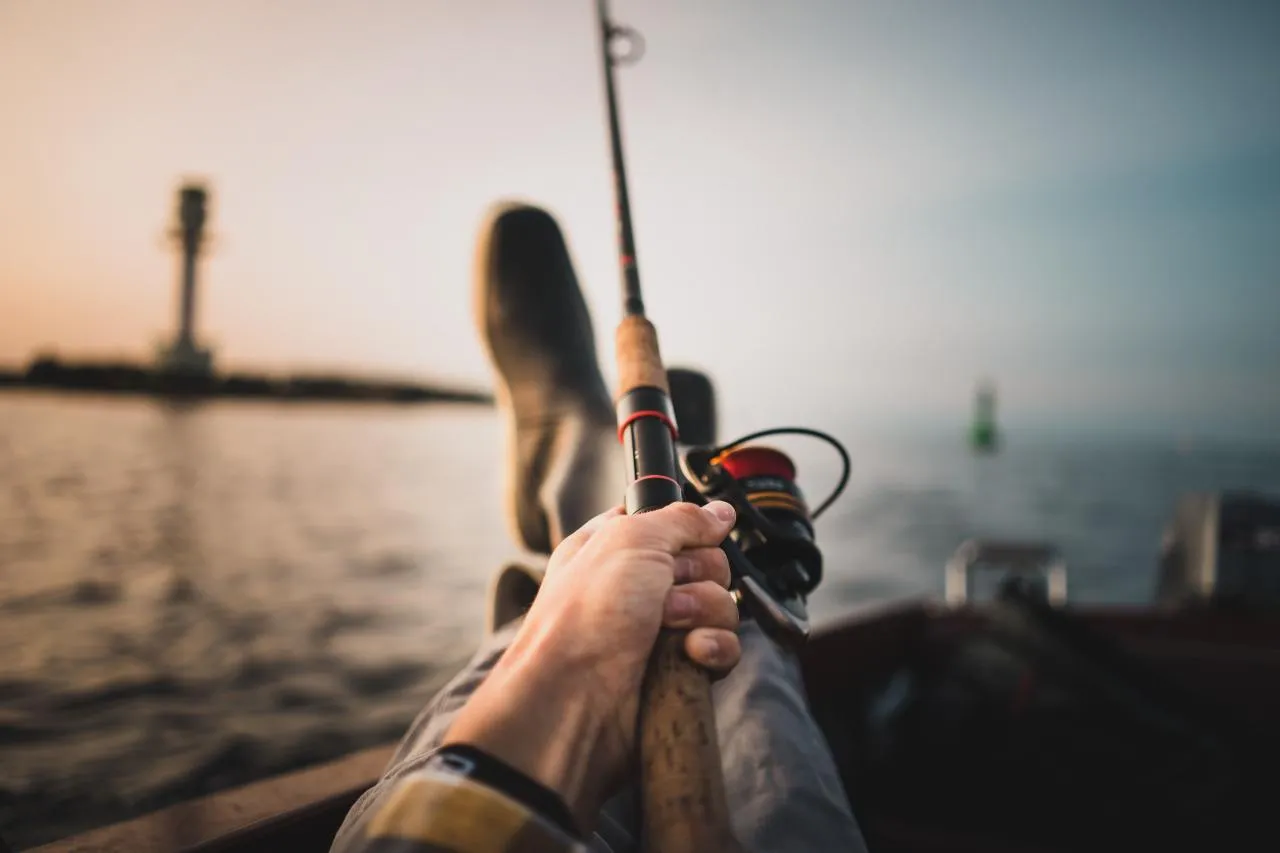Pennsylvania offers world-class fishing opportunities across its vast waterways and lakes. From trout-rich creeks to the bass-filled Susquehanna River, here are the top 10 fishing destinations for 2024, along with essential information on fishing licenses, regulations, and tips for a successful and legal fishing experience.
1. Lake Erie
Lake Erie, the largest lake in Pennsylvania, spans over 62 miles across the state’s northern border. As the shallowest of the Great Lakes, Lake Erie is an exceptionally productive fishery home to trophy-sized salmon, walleye, bass, trout, steelhead, yellow perch, northern pike, bluegill, and more.
Before casting your line, ensure you have a valid Pennsylvania fishing license and a Lake Erie permit. Licenses can be purchased online through the Pennsylvania Fish and Boat Commission website, at county treasurer offices, or from various issuing agents across the state.
Popular access points include Lampe Marina, Chestnut Street launch ramp, and the West Canal Basin. Hotspots include Presque Isle Bay, the area around Erie pierheads, and the “mountain” drop-off stretching from Trout Run to the New York state line.
2. Allegheny Reservoir
The Allegheny Reservoir, part of the Allegheny National Forest system, was created by the Kinzua Dam on the Allegheny River. It boasts excellent warmwater and coldwater fishing, with annual stockings of smallmouth bass, bullhead catfish, white bass, crappie, channel catfish, yellow perch, and brown trout by the Pennsylvania Fish and Boat Commission.
Remember to follow size and creel limits for each species, which can be found in the Pennsylvania Fishing Summary Booklet. Violating these regulations can result in fines and the loss of fishing privileges.
3. Lake Raystown
Spanning over 8,000 acres, Raystown Lake is the largest lake entirely within Pennsylvania. It harbors thriving populations of smallmouth bass, striped bass, rock bass, carp, catfish, lake trout, white perch, and landlocked salmon.
When planning your trip, be aware of the mandatory life jacket requirement in effect from November 1 through April 30. Wearing a properly fitted life jacket can save your life in the event of an unexpected fall into cold water.
Popular fishing spots include the upper end of the lake, the area around Seven Points Marina, and the Raystown Branch of the Juniata River.
4. Susquehanna River
The Susquehanna River, the largest river lying entirely within the United States, offers varied fishing opportunities for smallmouth bass, walleye, catfish, and panfish. Popular areas include the Conowingo Dam tailwaters, the tidal mouth at Havre de Grace, and the river islands around Harrisburg.
If you’re new to fishing or need a refresher on techniques and regulations, consider participating in one of the Pennsylvania Fish and Boat Commission’s educational programs. These programs cover topics such as basic fishing skills, aquatic ecology, and water safety.
5. Lehigh River
The Lehigh River offers exceptional trout fishing opportunities, with sections designated as high-quality cold water fisheries supporting wild and stocked brown, rainbow, and brook trout. The Lehigh Gorge area from White Haven to Jim Thorpe features excellent public access for wading anglers.
To fish for trout, you’ll need both a valid Pennsylvania fishing license and a trout permit. Trout permits can be purchased as an add-on to your fishing license and are required for anglers 16 and older fishing in stocked trout waters during the regular and extended trout seasons.
6. Youghiogheny River
The “Yough” offers 50 miles of fishing opportunities for stocked and native trout, smallmouth bass, and walleye. In addition to diverse fish species, the Youghiogheny River features Class I-IV rapids popular among whitewater enthusiasts.
When fishing in areas with heavy recreational traffic, be mindful of your surroundings and practice proper etiquette. Give boaters and rafters plenty of space, and avoid casting near occupied watercraft.
7. Neshaminy Creek
Located just north of Philadelphia, Neshaminy Creek offers a convenient suburban trout fishery. It is annually stocked with trout by the Pennsylvania Fish and Boat Commission and also harbors decent populations of largemouth bass, sunfish, yellow perch, and catfish.
If you’re fishing with children under 16, they can participate in the Mentored Youth Fishing Program. This program allows youth anglers to fish without a license under the guidance of a licensed adult angler, fostering a love for the sport and promoting responsible fishing practices.
8. Loyalhanna Creek
Loyalhanna Creek, tucked into the Laurel Highlands, is best known for its wild trout fishing. Over 25 miles of the creek hold Class A wild trout designations, with naturally reproducing populations of brook, brown, and rainbow trout.
When fishing in wild trout waters, it’s crucial to practice catch-and-release to help maintain healthy fish populations. Use barbless hooks, handle fish gently with wet hands, and release them quickly to minimize stress and injury.
9. Penns Creek
Penns Creek offers 50 miles of exceptional trout habitat, with the entire length downstream from Route 45 designated as Class A wild trout water. The remote Middle and Upper sections flowing through Bald Eagle State Forest provide a premier wild brown trout fishery.
Before embarking on a fishing trip to a remote area, make sure you have the necessary gear, supplies, and safety equipment. Let someone know your planned route and expected return time, and carry a fully charged cell phone or satellite communication device in case of emergencies.
10. Tobyhanna Creek
Tobyhanna Creek in the Pocono Mountains offers an easily accessible mountain trout stream. The upper reaches hold native brook trout populations, while the lower sections are annually stocked with hatchery trout. Areas like Tobyhanna State Park provide family-friendly public access.
Fishing is a great way to connect with nature and spend quality time with family and friends. By following regulations, practicing responsible fishing techniques, and obtaining the necessary licenses and permits, you can ensure a safe, enjoyable, and sustainable fishing experience in Pennsylvania’s top fishing spots.
How much does a Pennsylvania fishing license cost?
As of 2024, a resident annual fishing license costs $27.97, while a trout permit is an additional $14.97. Senior residents aged 65 and older can purchase a lifetime license for $86.97.
Where can I purchase a Pennsylvania fishing license?
Fishing licenses can be purchased online through the Pennsylvania Fish and Boat Commission website, at county treasurer offices, or from various issuing agents across the state, such as sporting goods stores and bait shops.
What are the consequences of fishing without a license in Pennsylvania?
Fishing without a valid license or permit in Pennsylvania can result in fines ranging from $100 to $200, plus court costs. Repeat offenders may face higher fines and the loss of fishing privileges.
Are there any free fishing days in Pennsylvania?
Yes, Pennsylvania offers two Fish-for-Free Days each year, typically on Memorial Day and Independence Day. On these days, anyone can legally fish without a license, but all other fishing regulations still apply.


